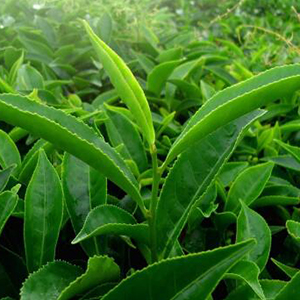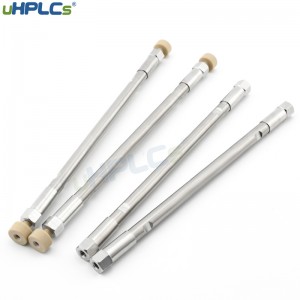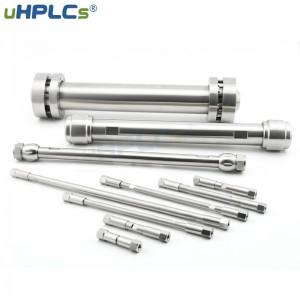Green tea is considered one of the world’s healthiest beverages. Green tea has been used as a folk remedy for various ailments. Although it has been highly controversial, it continues to be promoted as a supplement and alternative medicine. Rather than dispel these long-standing assumptions, modern research has lent credence to the health benefits associated with green tea.
The medicinal properties of green tea originate from the tea species and are widely attributed to the high phenolic content of the plant. Studies using high-performance liquid chromatography (HPLC) have found an abundance of polyphenols in dried leaves and buds. These natural plant compounds comprise a range of metabolomes (catechins, flavonoids, tannins, etc.). Still, extensive HPLC analysis has highlighted one metabolite in particular regarding the question of green tea’s health benefits in humans.
I. Measurement of polyphenol content by HPLC.
Tea polyphenols are one of the major metabolites of green tea. Although the mechanism of action of polyphenols remains unclear, EGCG is increasingly associated with cholesterol-lowering and is thought to have antibiotic and anticancer properties. However, its efficacy remains debatable, as EGCG exhibits poor stability and low absorption under physiological conditions – less than 25% of the fresh leaf mass.
Although rich in multiple polyphenols, the relatively low concentration of EGCG drives the demand for high-purity extracts that consumers can use as supplements and complementary treatments with a range of purported health benefits. Prepared HPLC has been shown to help meet the growing demand for quality dietary supplements based on high-purity EGCG extracts.
II. Determination of composition.
A mass-triggered separation method purified epigallocatechin gallate and other related polyphenols from green tea. Using a preparative HPLC system, this target molecule was quickly separated from the other three polyphenolic compounds using mass-triggered fractionation. This technique reduces the fraction to a minimum.
Catechins are polyphenol metabolites that can be purchased as dietary supplements and in plants. These molecules are derived from flavonoids and are present in high levels in green tea. Due to their antioxidant properties, we propose a simple and time-saving method.
III. Materials and methods.
A uHPLCs C18 column 150 x 20 mm, a classical reversed-phase column used for HPLC and UHPLC, was used. The C18 silica column can be used with or without a cap. The typical capped end is more hydrophobic and non-polar than the uncapped phase.
It is well suited for acidic, basic, and neutral analytes in reversed-phase modes, such as
Sulfonamides
Anabolic steroids
Antipsychotics
Β receptor blocking drugs
Sudan red
Phenols
Preservatives
Methods A step gradient was obtained using a liquid phase system run at a flow rate of 18.9 ml/min for 50 min to obtain a reduced composition: 0 min 10%B, 40 min 10%B, 40.1 for the separation of polyphenols from green tea. 15%B, 50 min 15%B, 0. 1% formic acid dissolved in water (A) and acetonitrile (B) was used as eluent. The wavelength of the preparative HPLC system was set to 220 nm, and the data rate was 10 Hz. Table Large-scale targeted purification of gallocatechin.
Post time: Aug-18-2022









